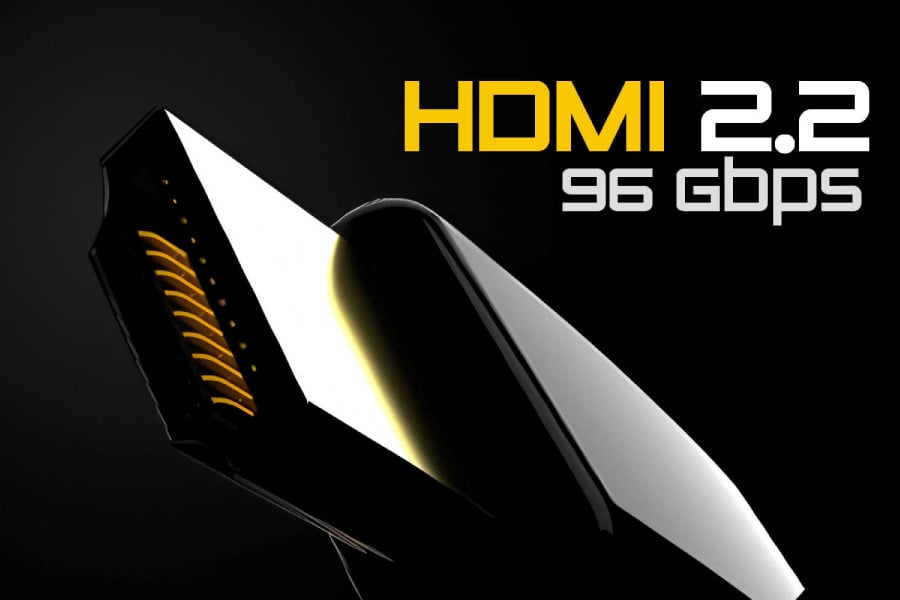Key Takeaways
1. The new HDMI standard, Ultra96, supports bandwidth up to 96 Gb/s, doubling the 48 Gb/s of HDMI 2.1.
2. Cables labeled as “Ultra96 HDMI Cable” must support all features of the HDMI 2.2 standard.
3. Ultra96 allows for image playback at up to 16K at 60fps and 12K at 120fps, surpassing HDMI 2.1’s 8K at 60fps.
4. It supports advanced video features like uncompressed 4:4:4 chroma subsampling and 4K at 240fps with high color depth.
5. The new standard introduces the Latency Indication Protocol (LIP) to improve audio-video synchronization in home theater setups.
Currently, some of the top-rated cables on Amazon, like this 6.6ft option from Anker, have the Ultra High Speed certification from the HDMI Forum. However, a new standard has emerged that you should keep an eye out for from the same independent organization.
New Standard Unveiled
The fresh term is Ultra96, which is now the official name related to HDMI 2.2. This name was chosen to show that the new standard allows for a bandwidth of up to 96 gigabits per second (Gb/s), compared to the 48Gb/s from HDMI 2.1.
Understanding the Buzzword
While the term may sound a bit misleading, it can still apply to cables that manage to achieve 64Gb/s or 80Gb/s. Still, the HDMI Forum insists that being able to label a new accessory with Ultra96 (or “Ultra96 HDMI Cable”) means it supports all the features of the new HDMI 2.2 standard.
Enhanced Features
These features include support for image playback at resolutions up to 16K at 60 frames per second (fps), as well as 12K at 120fps, 8K at 60fps, uncompressed 4:4:4 chroma subsampling, and 4K at 240fps at either 10-bit or 12-bit color. In contrast, HDMI 2.1 only supports up to 8K at 60fps.
Additionally, the new standard also brings in the Latency Indication Protocol (LIP), which could enhance audio-video (AV) synchronization for home theater setups that may include devices like a soundbar or an AV receiver.
Source:
Link




